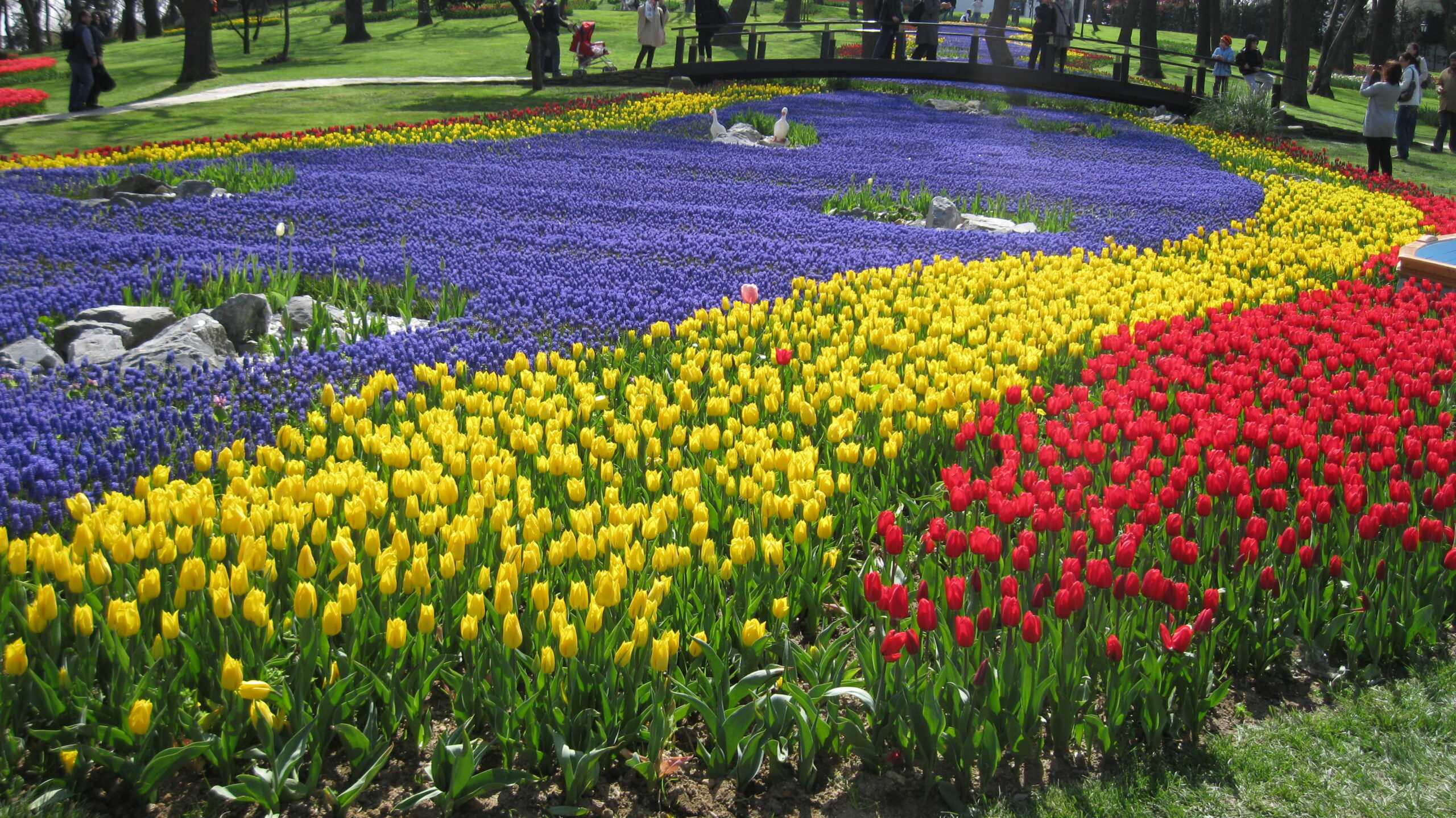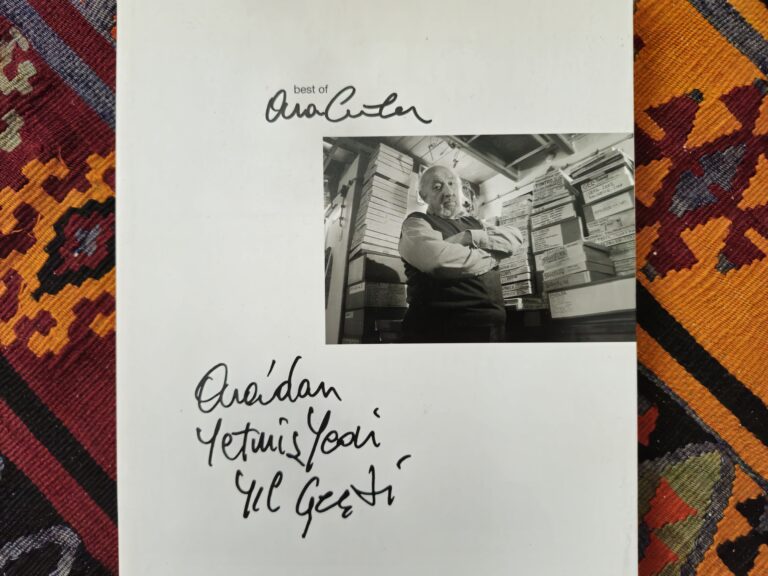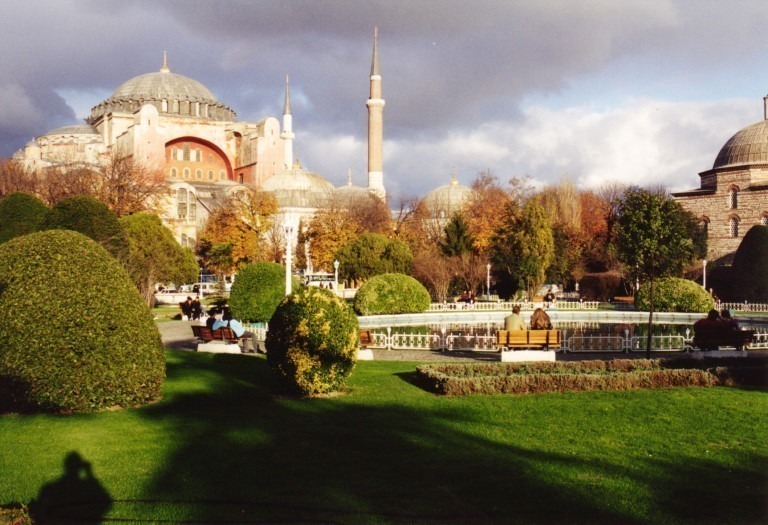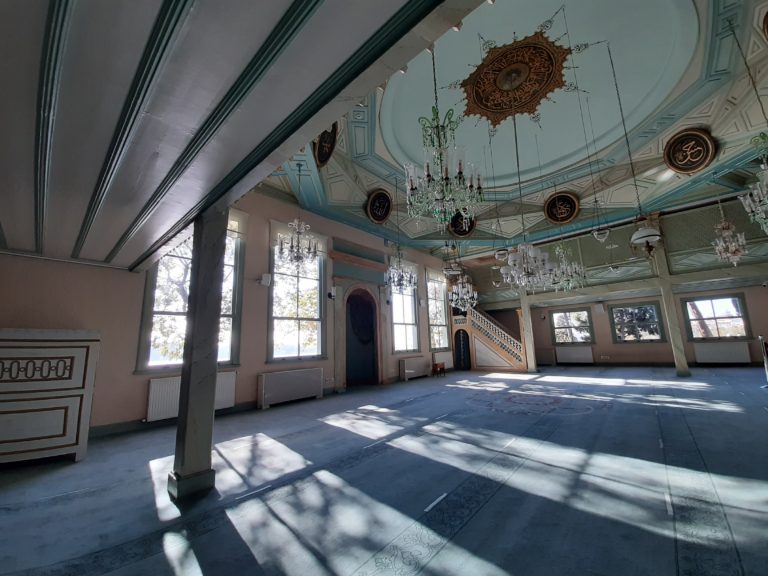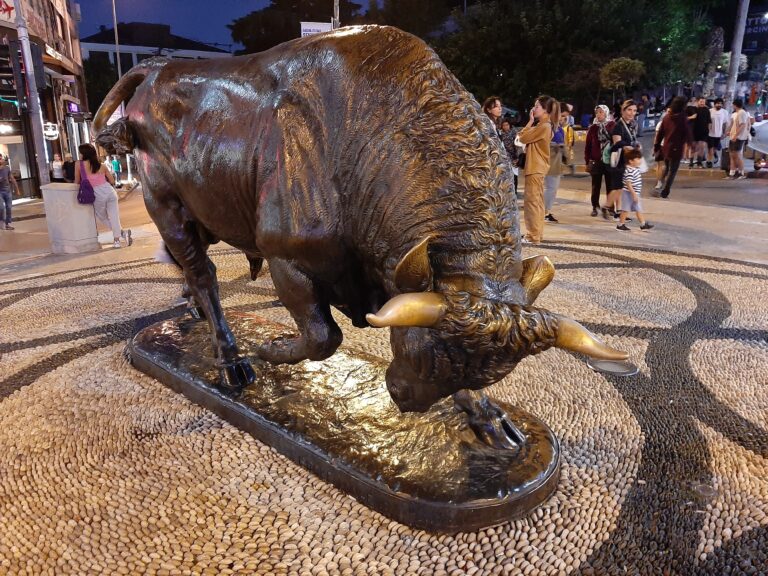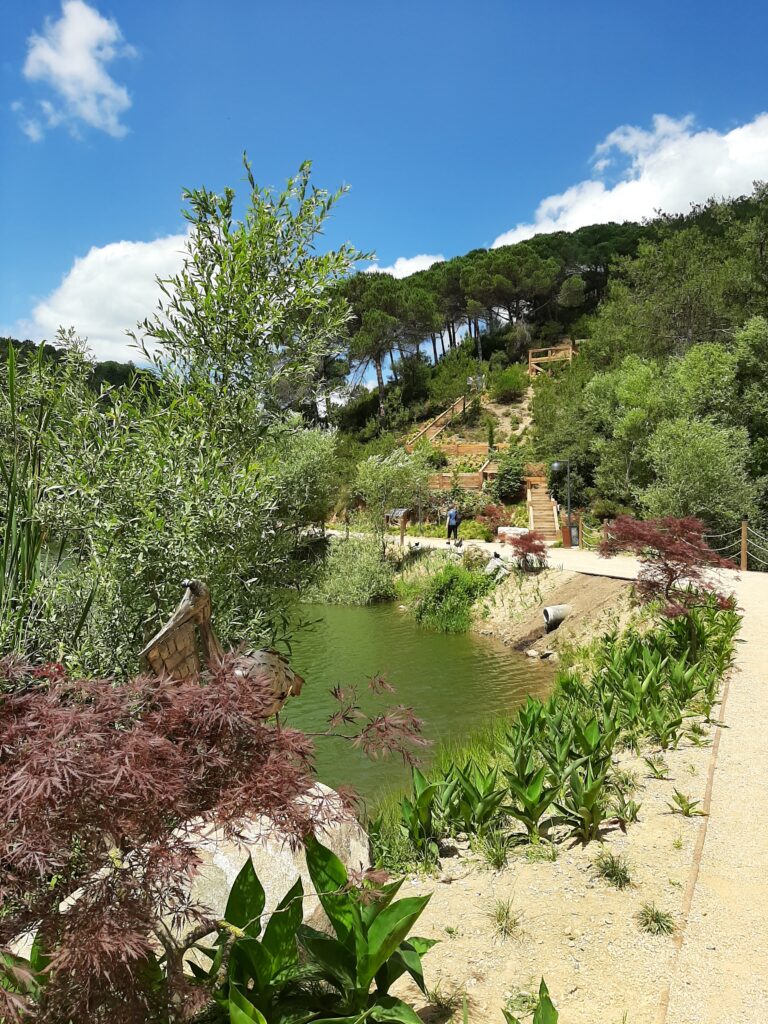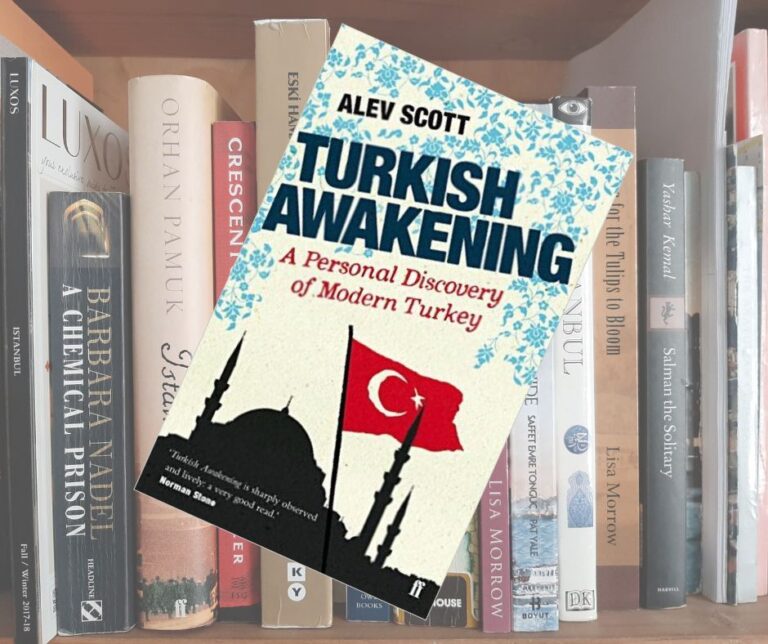Istanbul Tulip Festival and the History of Tulips in Turkey
April in Turkey sees the start of spring, and nothing says life is for living better than displays of colourful flowers. The Istanbul Tulip Festival delivers this and more, with tulips growing in a former private garden belonging to the Ottoman Sultans or cascading down the banks of the Bosphorus in a public park in Istanbul. That’s just for starters.
The first ever Istanbul Tulip Festival was held in April 2006 and the İstanbul Büyükşehir Belediyesi (Istanbul Municipality Council) are responsible for planning and planting the many millions of tulip, hyacinth and daffodils bulbs that eventually push through the earth in a riot of colourful artistic displays in five locations across the city.
However Turkey’s, and indeed the world’s fascination with tulips dates back far longer. Tulips feature in the Rubaiyat of Omar Khayyam, a collection of poetry by Khayyam dating to the 11th century in which he wrote*
As then the Tulip for her morning sup
Of Heavenly Vintage from the soil looks up,
Do you devoutly do the like, till Heav’n
To Earth invert you – Like an empty Cup
How tulips came to Turkey
Around the same time wild orchids growing in the Asian Pamir Mountains, located between central Asia and Pakistan, were brought to Anatolia by nomadic Turkic tribes. They quickly attracted attention for their exquisite beauty. Mevlana Celaddiin-i Rumi, the 13th century saint simply known as Rumi, wrote verses dedicated to these blooms them and Fatih Sultan Mehmet who conquered Istanbul in 1453, was passionate about them. He ordered the palace gardens be ablaze with tulips from central Asia and Iran too. The introduction of tulips from Iran not only added more variety, but also introduced the word laleh into Ottoman high society. Laleh is a Farsi word meaning ‘Flower of God’, and Ottoman sultans wore lale (Turkish for tulips) in their turbans as a symbol of power wealth.
Suleyman the Magnificent and Tulips
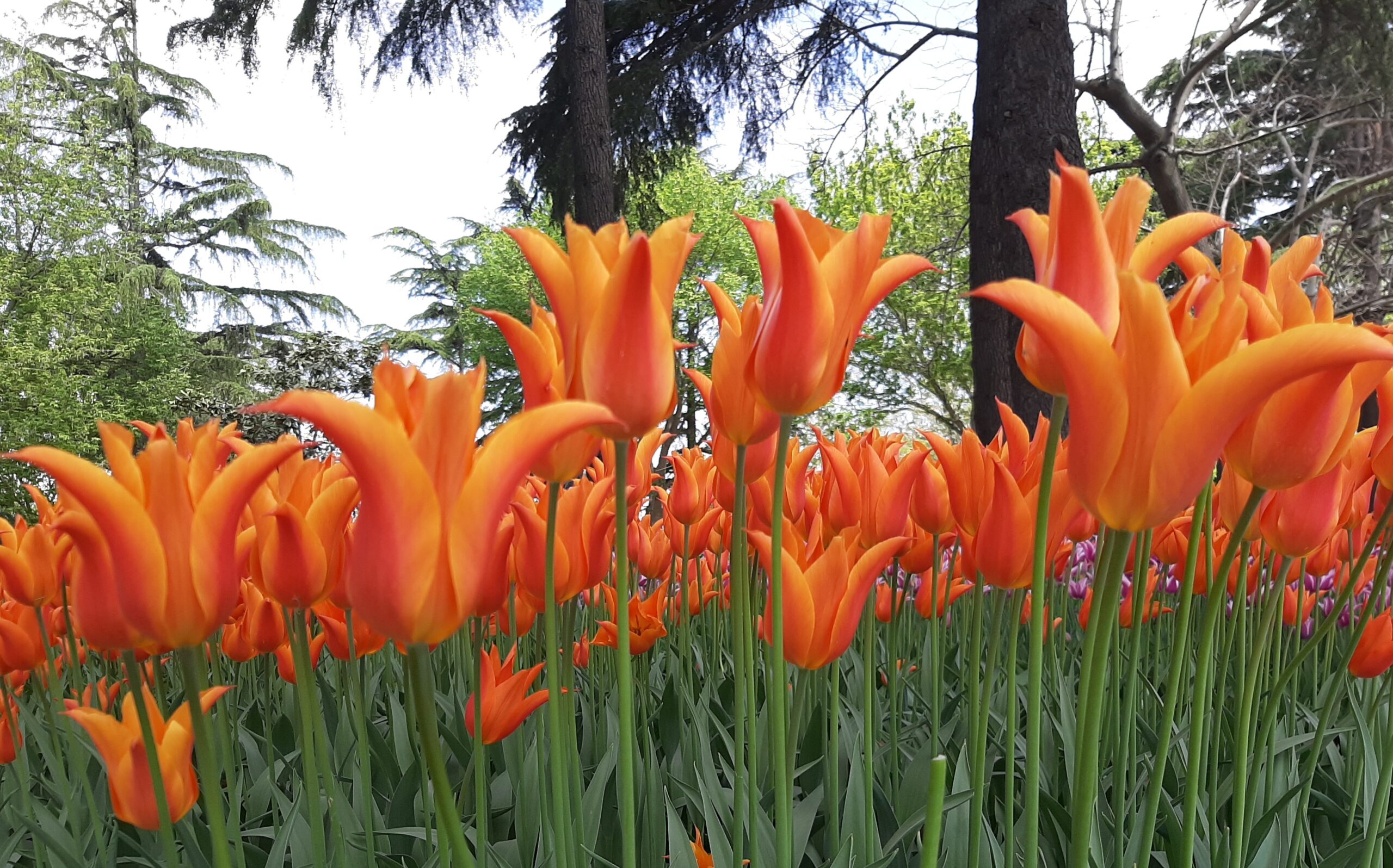
Suleyman the Magnificent became sultan in 1520 and like his predecessor he also adored tulips. His clothes were embroidered with exquisitely detailed renderings of tulips, and the palace gardeners were tasked with creating a private garden brimming with tulips. Called the Abode of Bliss, it was paradise writ floral, complete with pavilions, picturesque streams and of course flowers. Foreign dignitaries wrote about seeing sultans and concubines alike wearing a single tulip tucked into their turbans or muslin headdresses.
One of these visitors was Ogier Ghiselin de Busbecq. A writer and herbalist, de Busbecq served as the ambassador of the Austro-Hungarian Empire in Istanbul during this period. He was much struck by these gorgeous flowers and was gifted some bulbs to take back to Vienna which he gave to his friend Charles de l’Ecluse, a Flemish botanist. When l’Ecluse started work at a university in Leiden, the Netherlands, he planted the bulbs and began to experiment with them. The results of his work lead to Dutch tulips becoming world famous and a highly sought-after export amongst tulip fanciers, especially in Turkey.
Until the reign of Suleyman the Magnificent, the Ottoman palace gardeners had made only a few attempts at changing the appearance of wild tulips through new breeding techniques. The Ottomans liked tulips with long, needle-like petals while the Dutch growers preferred the cup shaped blooms familiar to us today, with multicoloured petals. Records show the Dutch liked the aesthetics when they were bunched together while the Ottomans preferred those of the one colour. The type of blooms the Dutch favoured were known as Broken Tulips. Interestingly, the variation in colour was the result of a virus called the Mosaic or Tulip Breaking virus. It attacks and weakens the bulb but breaks the down the solid colour of the petals, resulting in flowers with strong flares of colour on a white or yellow background.
Tulipmania in the Netherlands
In a short time the Dutch went crazy for tulips. Between 1634 and 1637, the Dutch Golden Age of Tulipmania, tulip trading operated much like futures markets today. Traders had well-known artists put together ‘tulip books’, albums of watercolour illustrations of the tulips being sold from bulbs. They acted like catalogues to show prospective customers what kind of flower they could expect to see next spring if they bought a particular bulb. Windhandel as it was called in Dutch, was a huge risk because there was a real chance the bulb might never bloom.
True devotees worshipped specific flowers such as the so-called black tulip, actually dark blood in colour, the inspiration for Alexander Dumas’ book of the same name. The most sought after tulip in the Dutch market was the Semper Augustus, a white flower with flaring red striations. According to some sources, at one point in time there were only twelve bulbs available. In total. It was a hush hush world, so it wasn’t always possible to know who bought what, but it’s said the most expensive Semper Augustus bulb ever sold weighed only one third of an ounce and fetched 5,500 guilders in 1633. To put it in perspective, that would have purchased the most expensive house on the best canal in Amsterdam at the time, or provided food and clothes for a Dutch family for half their lives. Suddenly, one day in 1637 in an abrupt reversal of fortune no new buyers could be found who were prepared to pay even more exorbitant prices, and the Dutch tulip market collapsed.
Lale Devri – Turkey’s Tulip Age
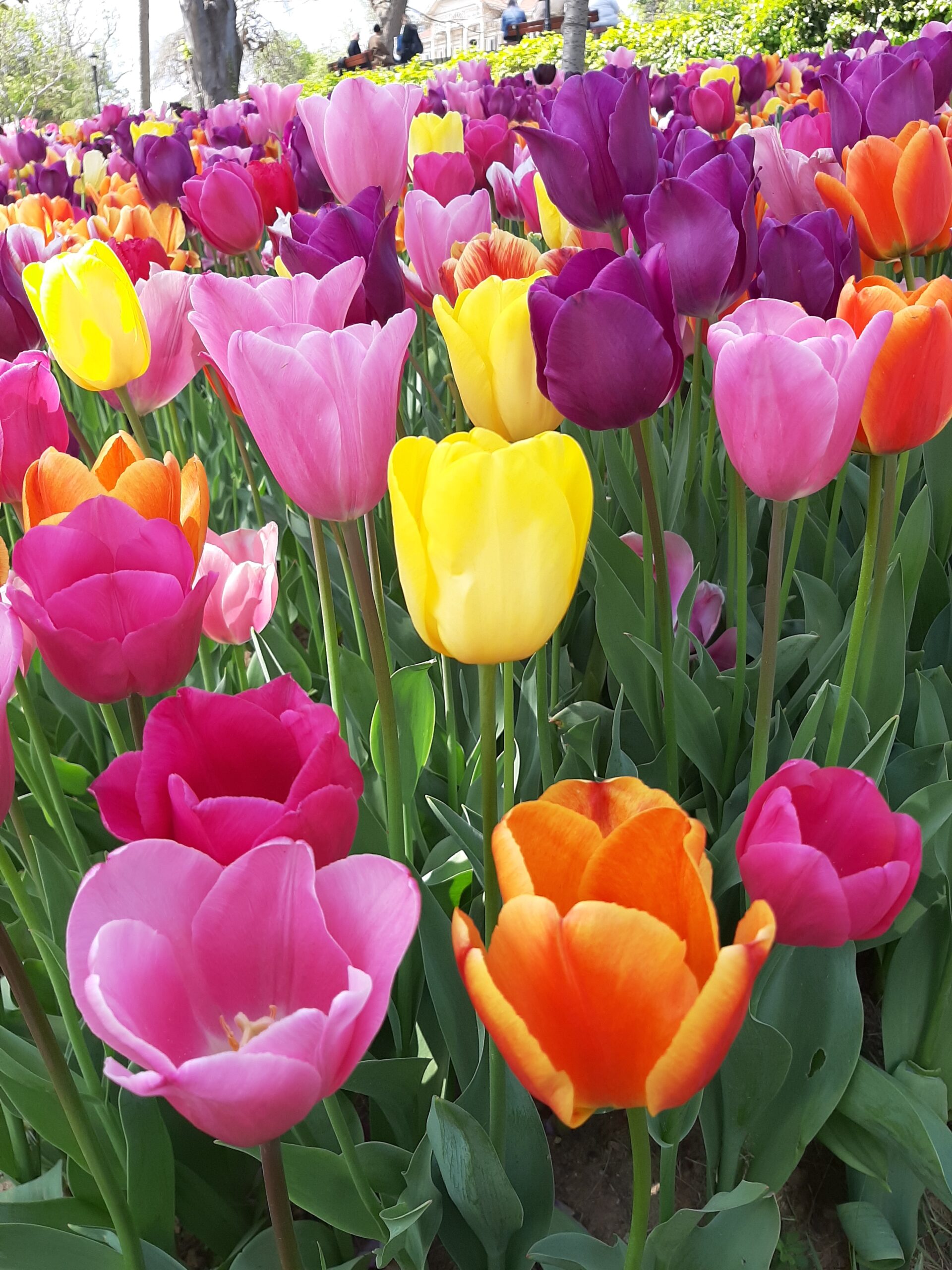
Turkey too experienced its own Tulipmania. By 1651 the trade in tulips between Turkey and Holland was brisk. Austrian emperor Ferdinand III sent 40 separate bulbs as a gift to Sultan Mehmed IV (reigned from 1648 to 1687), made up of ten different varieties grown in Austria.
However things really heated up under Sultan Ahmet III who reigned from 1703 to 1730. His love of tulips bordered on obsession. The palace gardens overflowed with tulips from remote Turkish mountains and others grown from millions of imported Dutch tulip bulbs, acquired at great expense. The gardens, palace rooms and every available indoors were filled with flowers. They flourished in garden beds, pots and vases. The sultan threw lavish evening soirees at Cirağan Palace to show them off. Tortoises crawled along the paths with candles on their shells, throwing light onto the petals, accompanied by the trilling of caged wild birds.
Up until 1717, the sultan was satisfied with tulips from locally grown bulbs and those from Iran, but then foreign dealers introduced more tantilising fancies. The blue pearl from the Netherlands became one of many new exotic star attractions. This was the start of the ‘Lale Devri’, the ‘era of the tulips’, when men would do anything to acquire the prefect specimen. The cultivation and sale of tulips became a lucrative industry, and the Ottomans developed a complex system for trading them. Tulips were even used as a form of currency at one point, with bulbs being traded for high sums of money. Such extravagance could only be tolerated for so long and Sultan Ahmet III’s rule came to an end in 1730 when his subjects got tired of his excessive spending and rose up in protest against him.
Where to see tulips during the Istanbul Tulip Festival
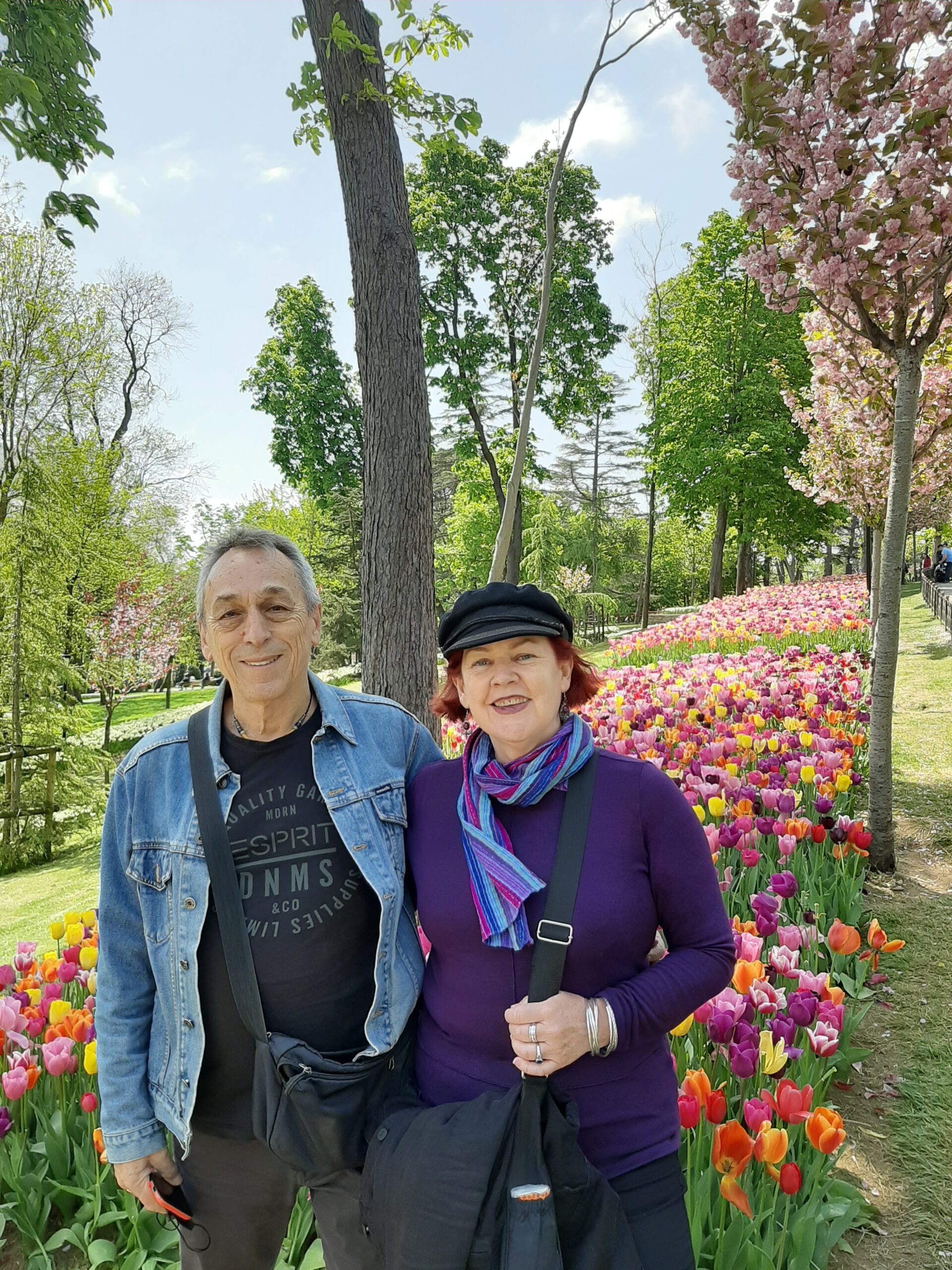
Luckily, these days we don’t have to be sultans or millionaires to appreciate tulips in Istanbul. The annual Istanbul Tulip Festival is free of charge for everyone and officially takes place between April 1 and 30. The bulbs planted for the Istanbul Tulip Festival usually bloom in late March or early April, depending on the weather, but dates can vary. Try as we might, we can’t control nature!
The organisers of the Istanbul Tulip Festival decide on a different theme each year, and the festival takes place in five locations. You can see them on the European side of Istanbul at Emirgan Park, Gülhane Park and Sultanahmet Square. Over on my side of town, the Asian side of Istanbul, you can see them at Hidiv Kasrı and Göztepe 60 Year Park.
***************************************
Planning to come to Istanbul or Turkey for the Istanbul Tulip Festival? Here are my helpful tips for planning your trip.
For FLIGHTS I like to use Kiwi.com.
Don’t pay extra for an E-VISA. Here’s my post on everything to know before you take off.
However E-SIM are the way to go to stay connected with a local phone number and mobile data on the go. Airalo is easy to use and affordable.
Even if I never claim on it, I always take out TRAVEL INSURANCE. I recommend Visitors Coverage.
I’m a big advocate of public transport, but know it’s not suitable for everyone all the time. When I need to be picked up from or get to Istanbul Airport or Sabiha Gokcen Airport, I use one of these GetYourGuide website AIRPORT TRANSFERS.
ACCOMMODATION: When I want to find a place to stay I use Booking.com.
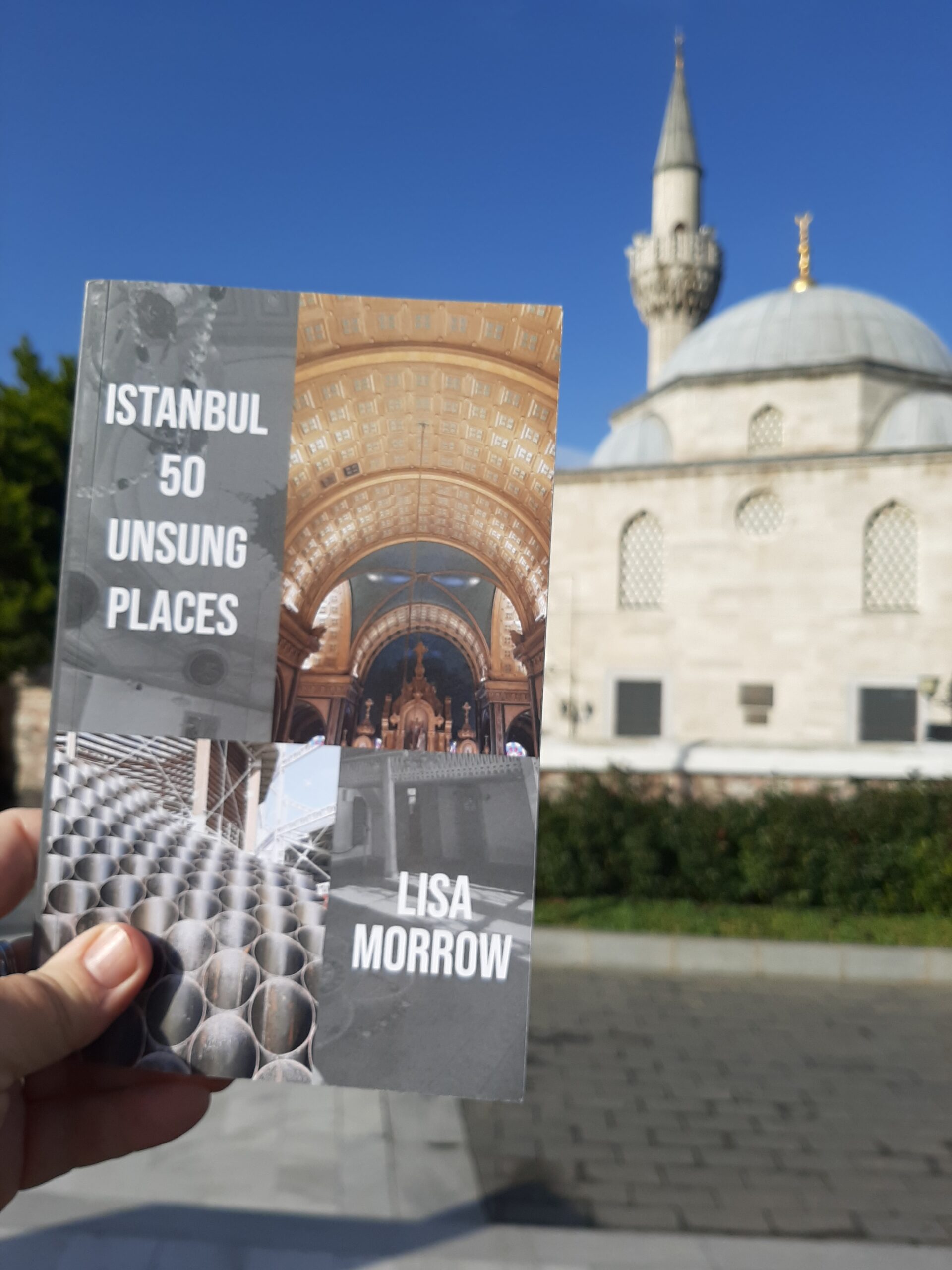
CITY TOURS & DAY TRIPS: Let me guide you around Kadikoy with my audio walking tour Stepping back through Chalcedon or venture further afield with my bespoke guidebook Istanbul 50 Unsung Places. I know you’ll love visiting the lesser-known sites I’ve included. It’s based on using public transport as much as possible so you won’t be adding too much to your carbon footprint. Then read about what you’ve seen and experienced in my three essay collections and memoir about moving to Istanbul permanently.
Browse the GetYourGuide website or Viator to find even more ways to experience Istanbul and Turkey with food tours, visits to the old city, evening Bosphorus cruises and more!
However you travel, stay safe and have fun! Iyi yolculuklar.
***************************************
*From the Edward Fitzgerald translation
